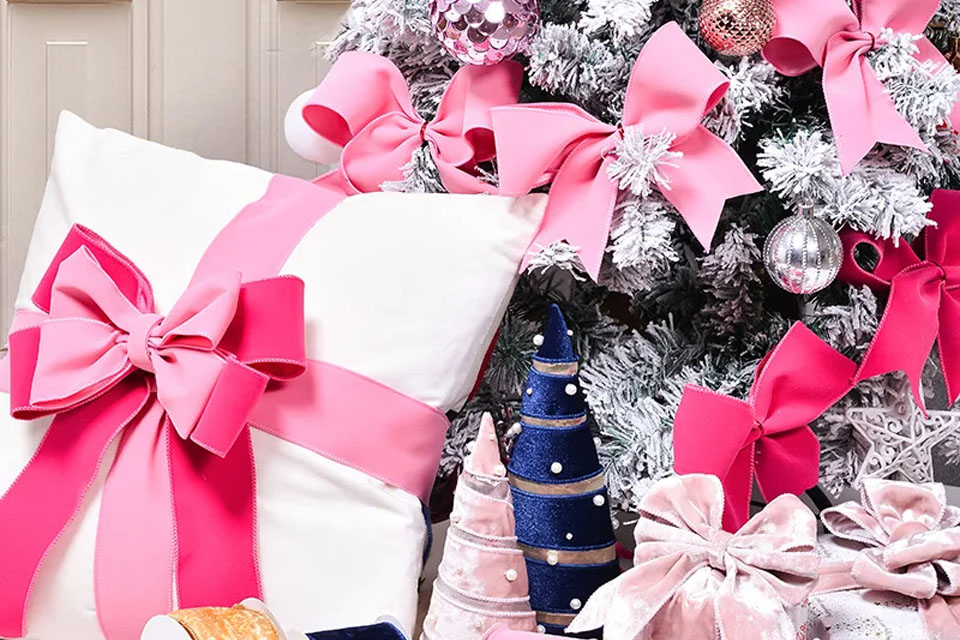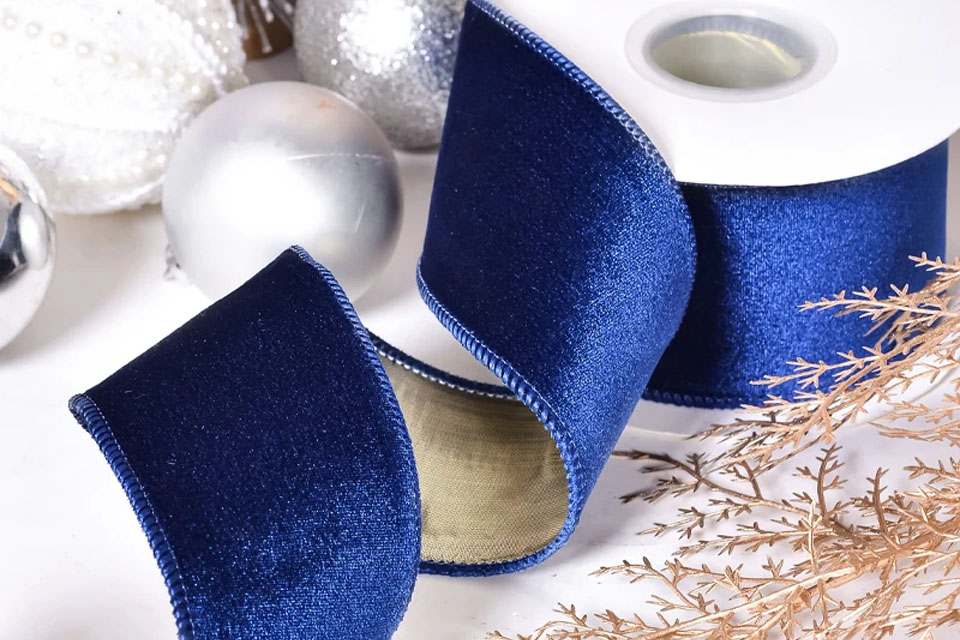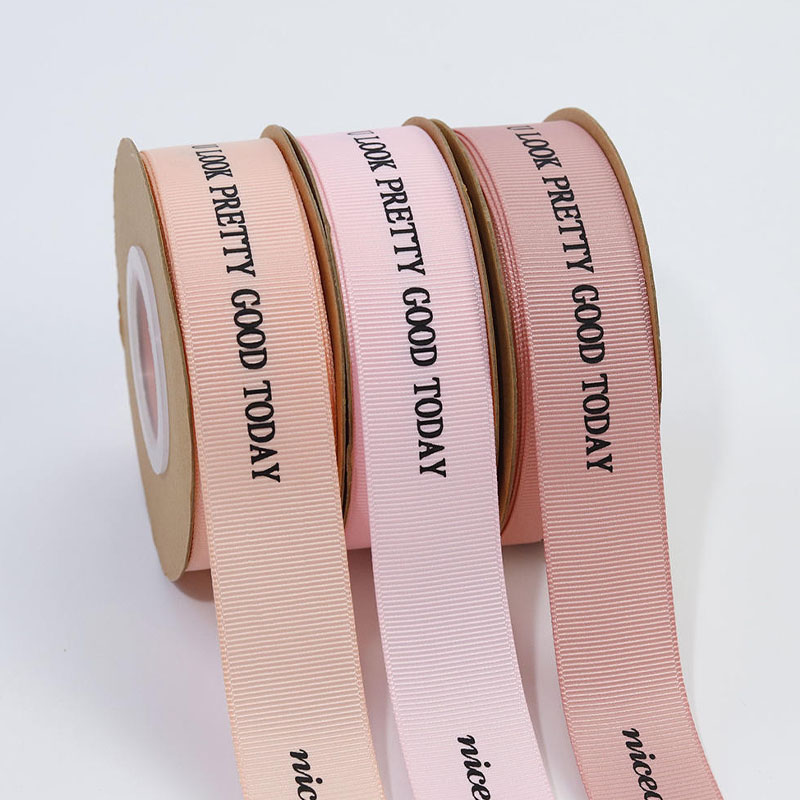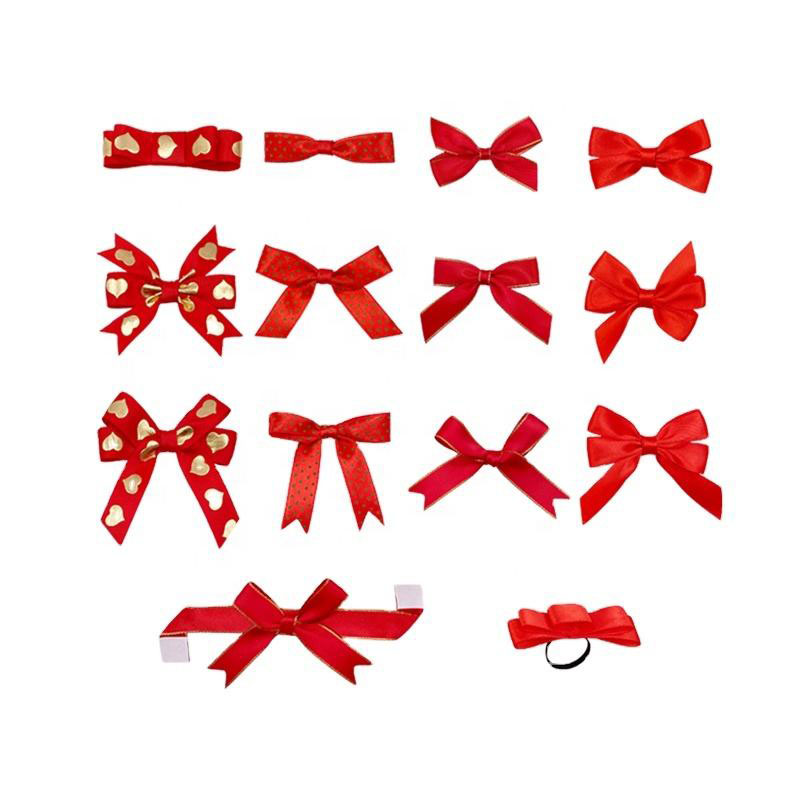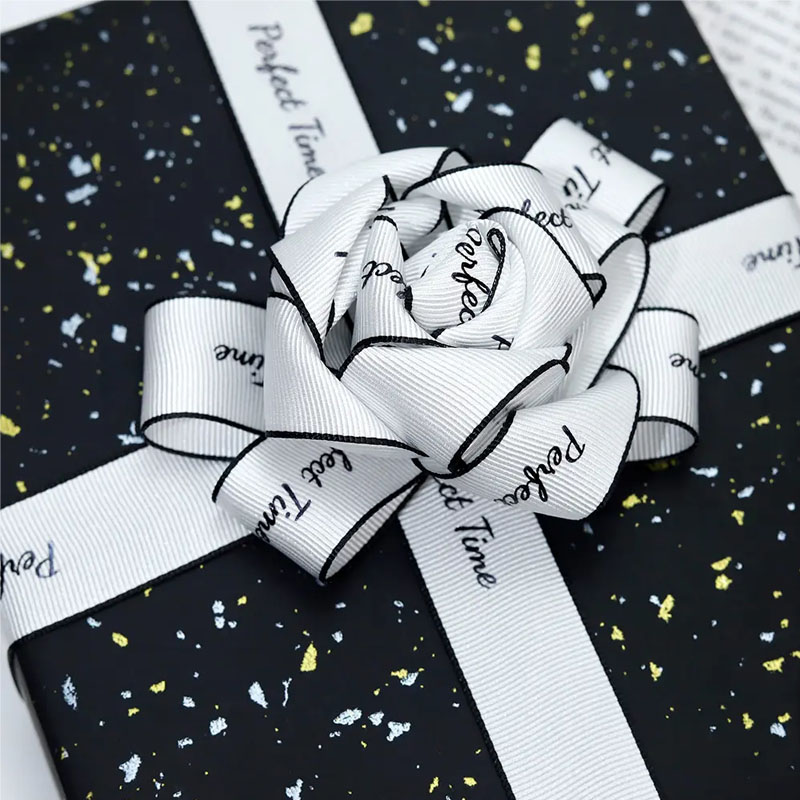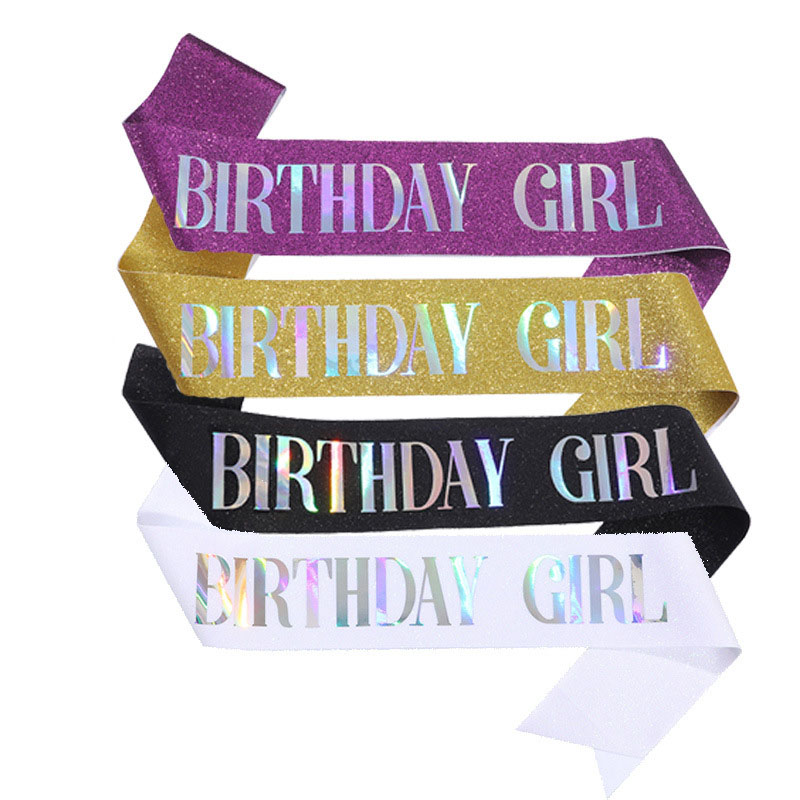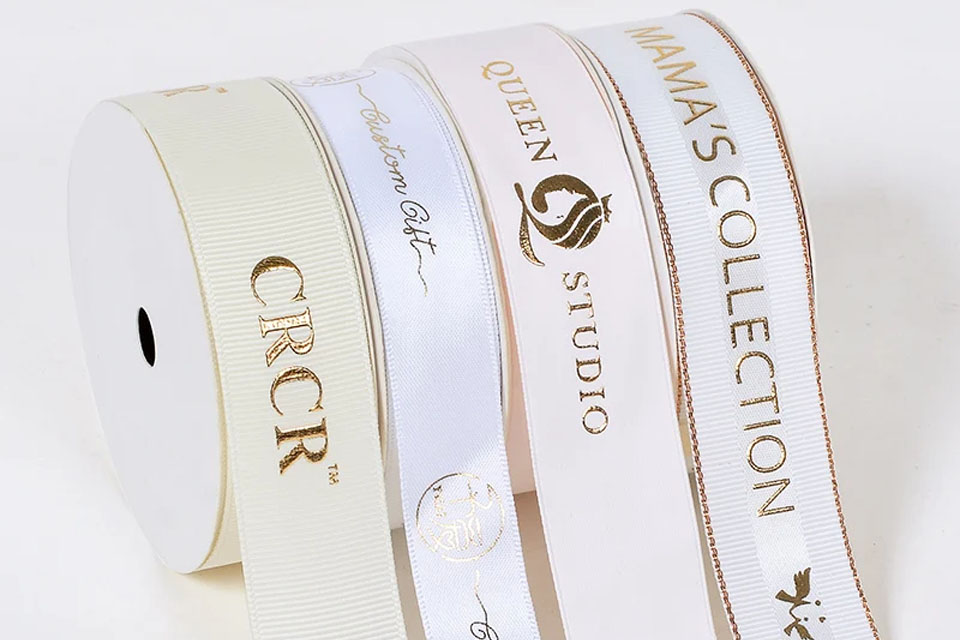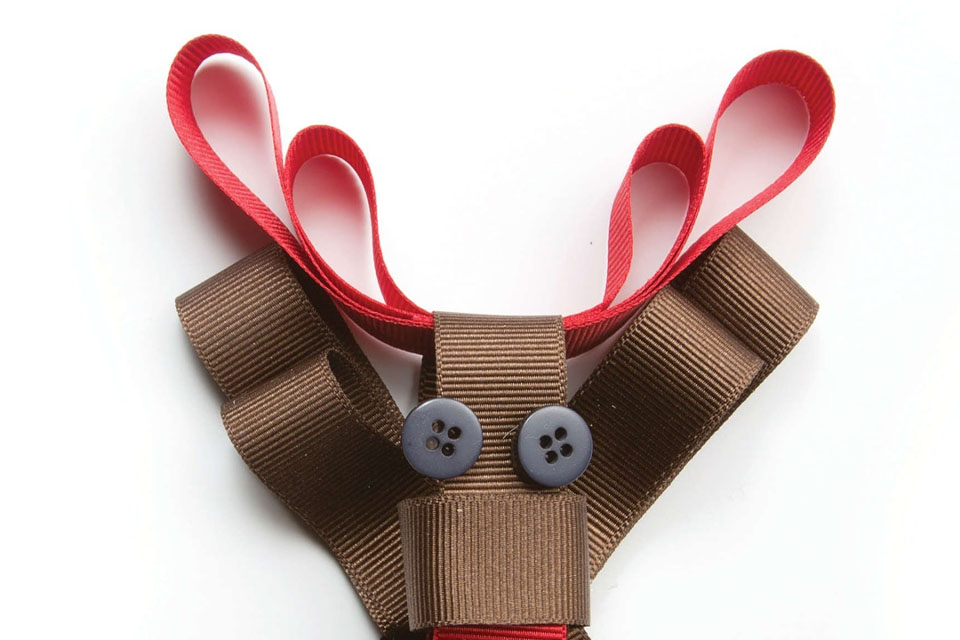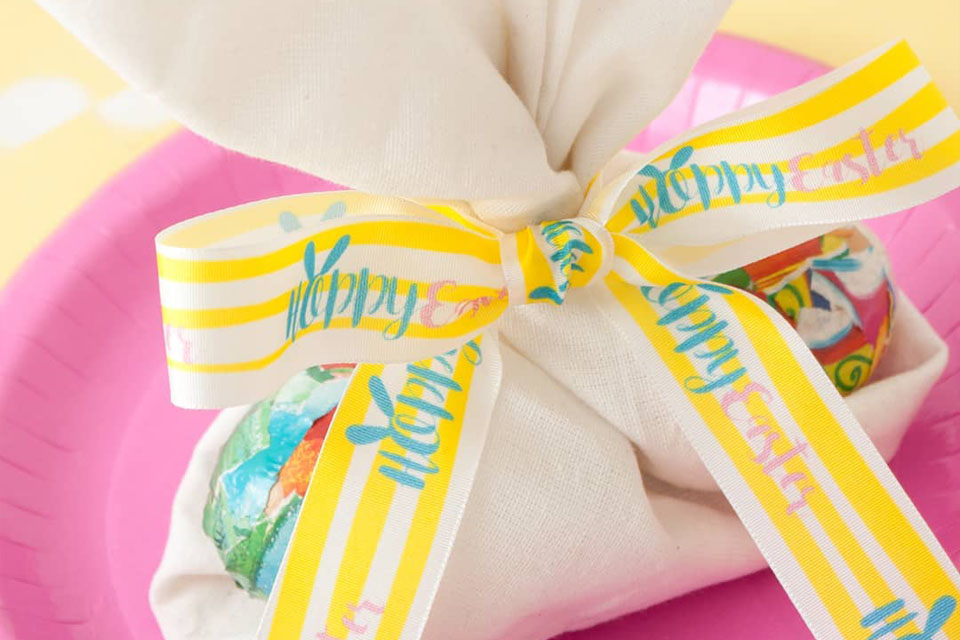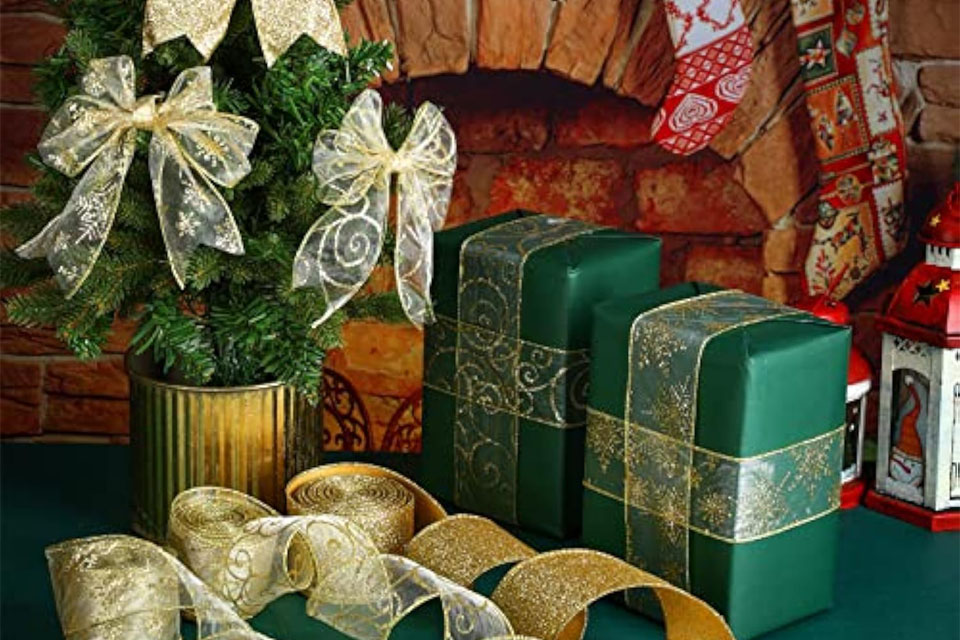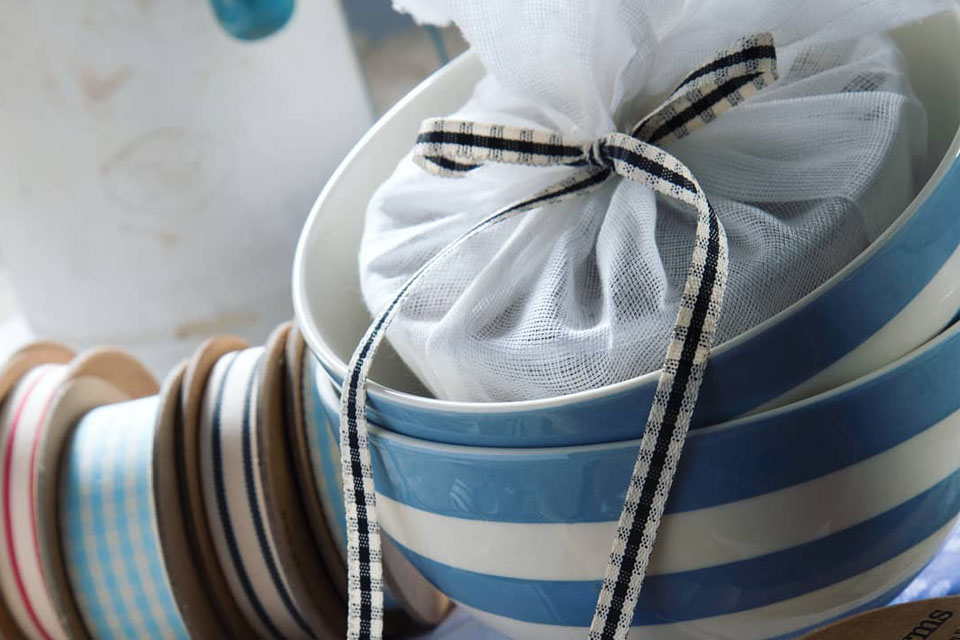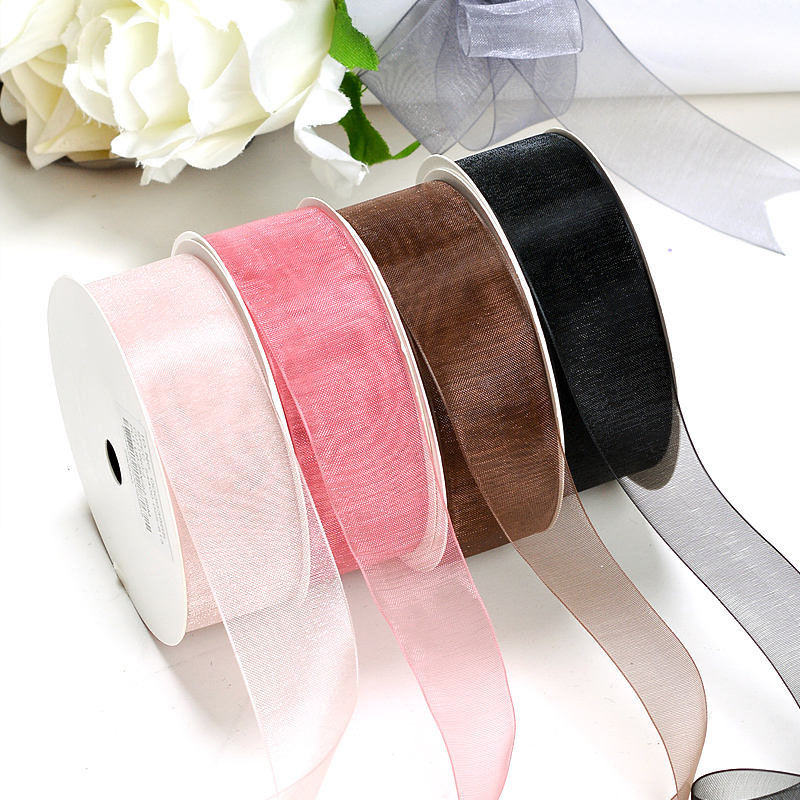
Learn the latest trends and knowledge from the leading manufacturer in China about ribbon business.
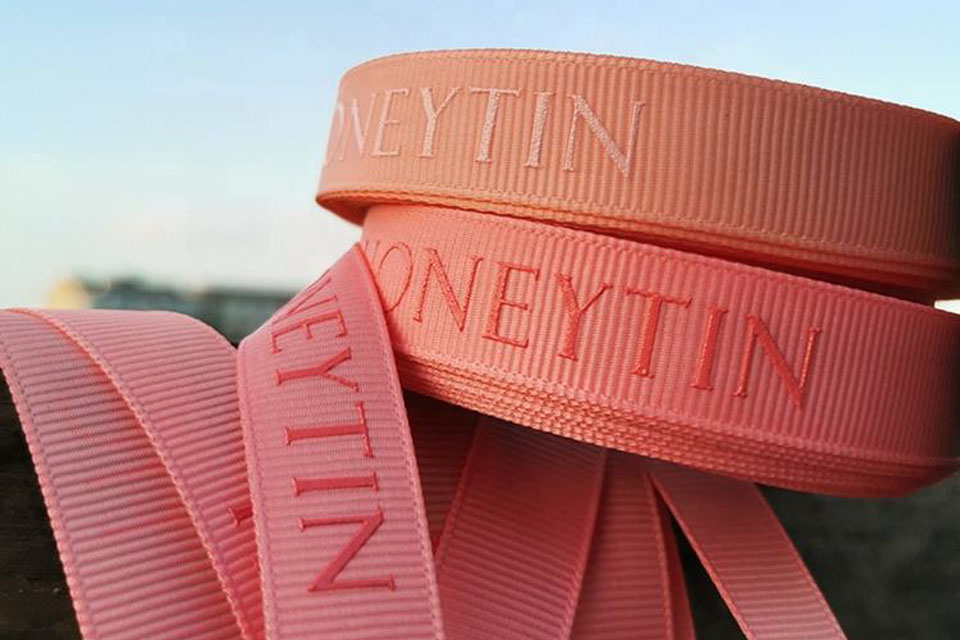
The Difference Between (Grosgrain and Satin Ribbon): A Complete Manufacturing Guide
Unlock the world of premium ribbons and discover how choosing the right ribbon type can elevate your products, packaging, and projects.
How Do You Print on Grosgrain Ribbon
As a ribbon manufacturer, we make many kinds of ribbons.
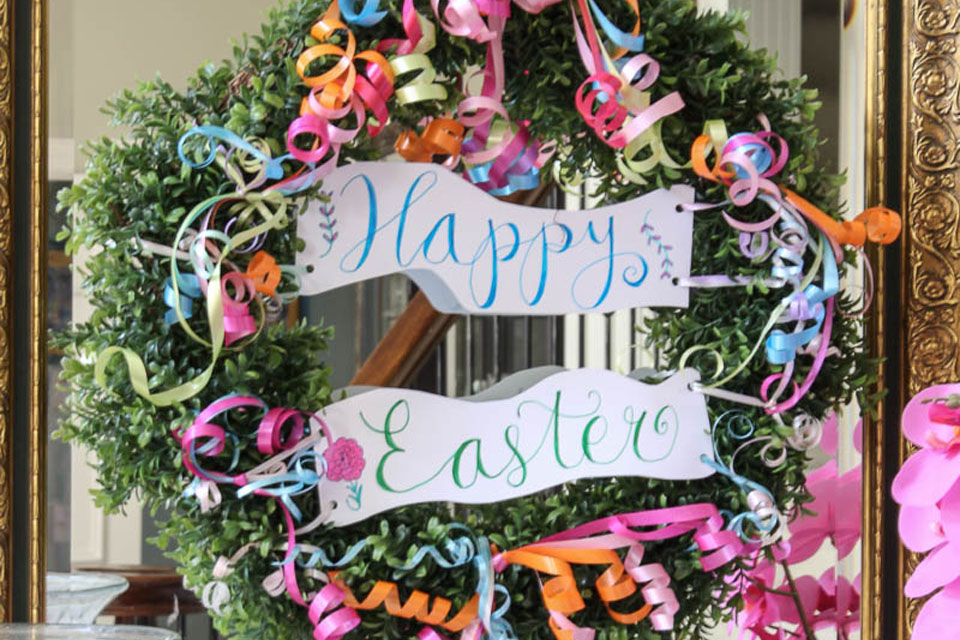
Easter Decoration Ideas: A Creative Guide by Meedee Ribbon
Easter is a time of renewal, joy, and vibrant decorations. From accent signs that welcome guests with cheerful messages to wreaths that exude the charm of spring, our factory, Meedee Ribbon, ensures you can craft the perfect festive ambiance.

